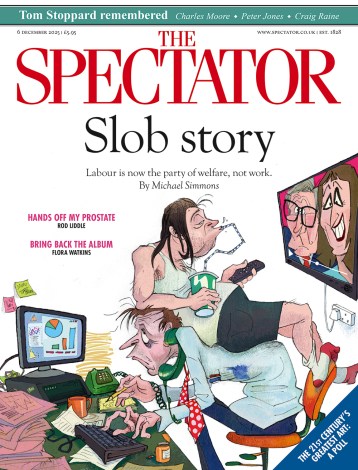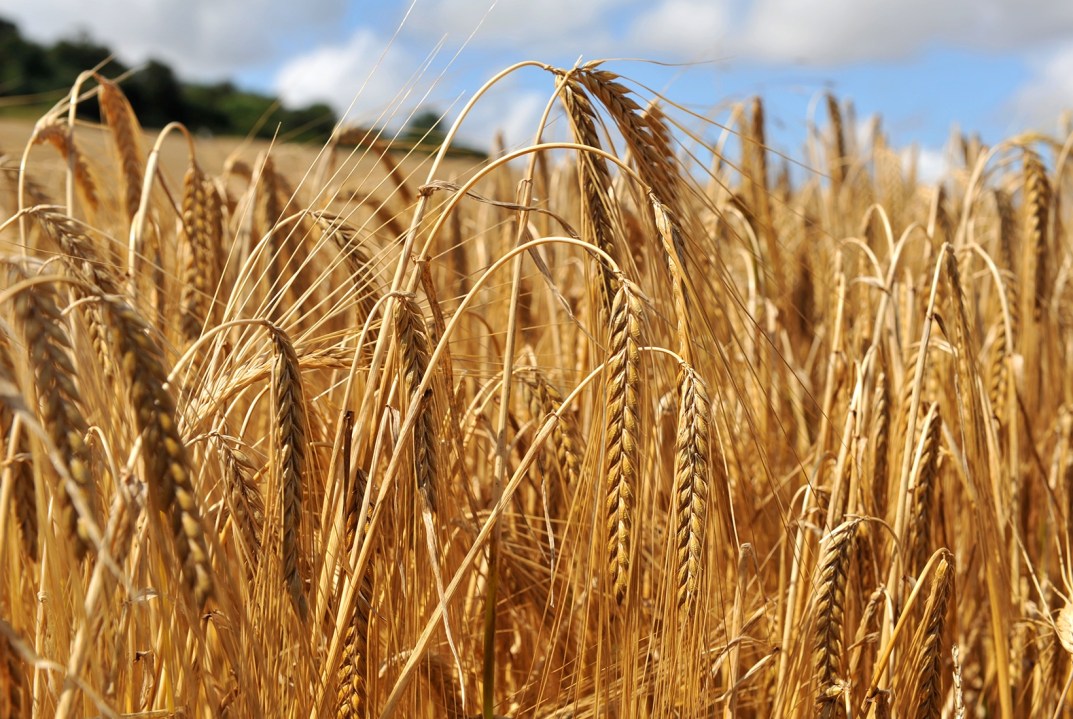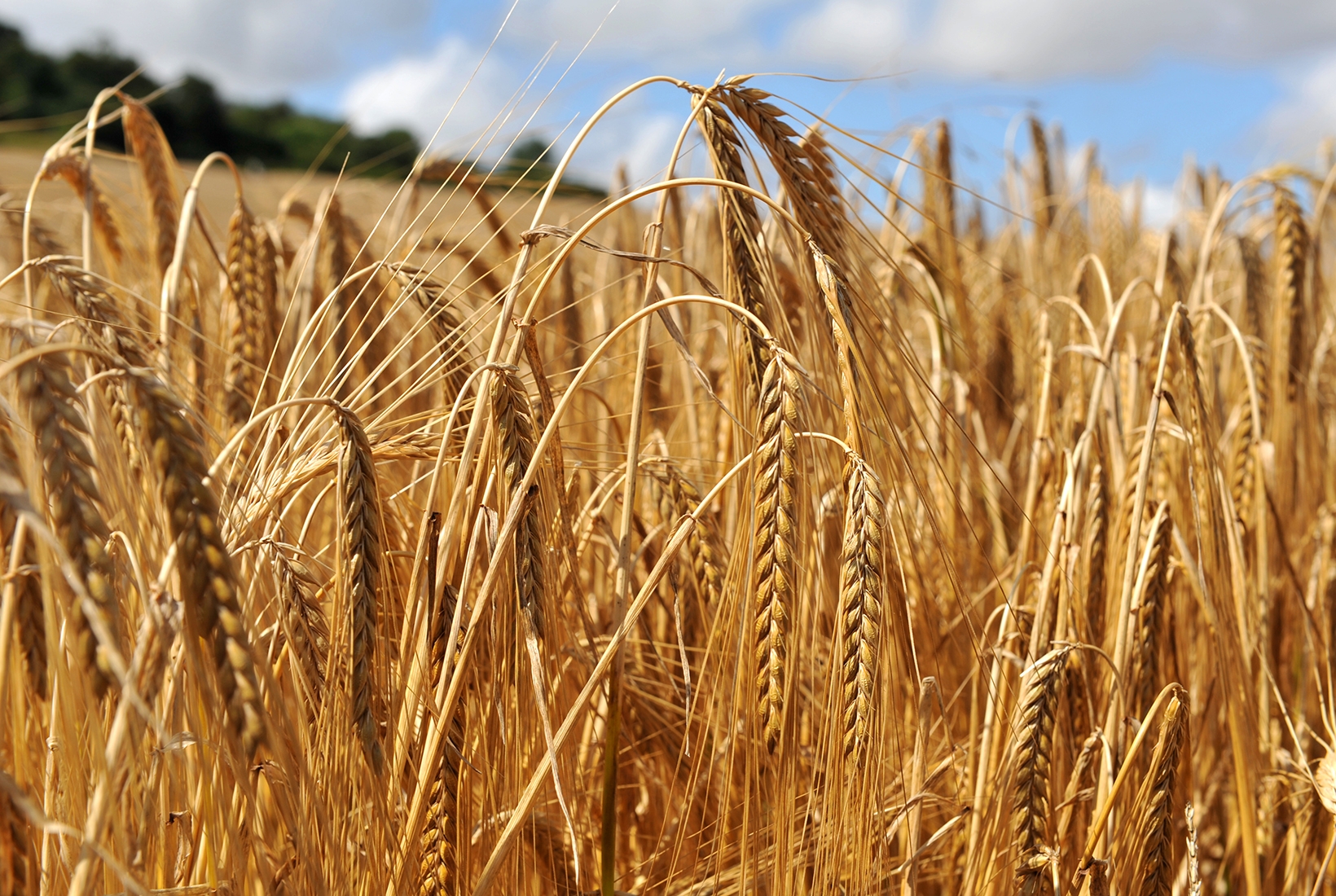‘Why can’t you write about something wholesome?’ asked my husband, in a flanking move. He was in a bad mood because his offer to come out of retirement to save the NHS had not so much been rebuffed as received with uneasy amusement.
It so happened that I had been rereading something that might fit the strange category of wholesomeness demanded. It was The Shell Country Alphabet by Geoffrey Grigson (1905-85). Grigson really knew about the countryside, from the Stone Age onwards, and the writers who delighted in it, from Thomas Tusser to Cecil Torr. Anyway, Grigson’s entry for barns explains that the word derives from the Old English for ‘barley-house’, bere-ern. The ern part hardly survived into modern times, except in such compounds as brewern, ‘brewhouse’ or saltern, ‘place for making salt’. Ern was a product of metathesis (as waps turned into wasp), having once been ren and perhaps being related to rest.
Bere became barley by the addition of a suffix meaning ‘like’. One place-name from the 10th century is Bærlice croft. Bere as a name for barley dwindled in popularity, though it is said still to be used by some in Scotland.
Barley was the default kind of cereal crop in much of England in the early Anglo-Saxon period, and bere is much more often found in place-names than wheat. Barton is one, meaning ‘barley-enclosure’. Having been used for ‘threshing floor’, with the spelling bere-tun, in the Lindisfarne Gospels (Matthew 3:12), it survived into the 19th century as a common noun for ‘farmyard’.
From the Middle Ages, Barton signified the farm retained by the lord of the manor and not let out to tenants. It would generally grow corn of some kind, not necessarily barley, and indeed Nottinghamshire has Barton in Fabis, which a village in Leicestershire also calls itself in the variant Barton in the Beans.
It would be nice to think brew came from the same source as barley, but it seems to come from the Germanic word for ‘boiling’ that also gives us broth. There might be a connection between beer and the hardy kind of barley called bigg. But from tithe-barns to barley-water, what could be more wholesome and anti-viral?







Comments